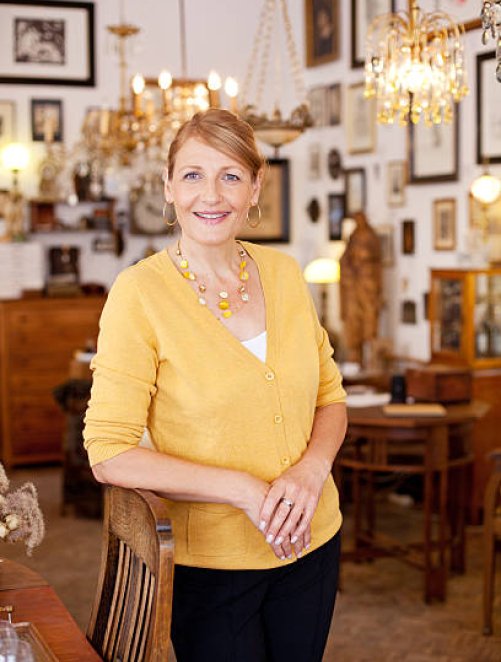











A vintage Baroque style carved pier mirror, In the European taste, mid 20th Century
I’m seeking an appraisal for this antique hand-carved wall mirror, which I believe to be from the late 19th or early 20th century. It features detailed Rococo-style carving, likely made of solid walnut, and appears to be hand-crafted based on tool marks and construction details. There is no visible maker’s mark, but the quality of the carving and the original backing suggest it may have been made by a skilled artisan or regional furniture maker. The mirror measures 48 inches tall by 24 inches wide, and is in very good vintage condition with a clean mirror plate and intact frame. Dimensions: 48 inches tall x 24 inches wide Material: Hand-carved wood (not composite or resin) Origin: unknown Condition: Very good antique condition. Mirror glass is clear with no cracks. Wood frame is intact with minor wear and patina consistent with age. No visible maker’s mark or signature.The mirror is fitted with modern D-ring hardware and coated hanging wire for safety and ease of use. The original backing paper is present but shows signs of wear and age. One edge of the wooden frame has a minor chip (shown in photo), consistent with the age of the piece. Structurally sound and ready to hang. Notable Features: • Elaborately carved crest and scrolling floral/foliate detailing • Mirror appears to be hand-crafted due to asymmetrical detailing and tool marks I’m hoping to learn more about the mirrors age, origin, style classification, and resale/insurance value. I’ve included multiple photos showing the front, details of the carving, side depth, and back. Thank you in advance for your time and expertise.
48” x 24”
Inherited
Yes


Hi Megan,
Thank you for contacting Mearto with your appraisal inquiry.
This mirror is more symmetrical than asymmetrical, which points to influence by the Baroque rather than the Rococo period, which was quite asymmetrical, almost exaggeratedly so.
One good way to test is to hold your fingertip to the mirror. If there's a visual gap between your fingertip and its reflection, it's a newer plate (20th Century) whereas older glass was thinner and there will be much less "distance" between your fingertip and its reflection. This is explained by glass making technology, which became more advanced, allowing for thicker panes of glass to be used as the 20th Century progressed; also, in the 18th and 19th Centuries, glass was costly so mirrors utilized thinner sheets.
If this didn't have the paper covering the back, I'm quite certain you'd see nails or other binders that confirm that this is a more modern mirror.
Based on my experience handling and appraising hundreds of mirrors over dozens of years, this is a mid 20th Century Baroque style pier mirror; examples of comparable size and age have been selling at auction recently for prices between $300 and $500. Note that this is a fair-market value (akin to wholesale) while retailers or private sellers are likely to ask higher selling prices.
Based on the photos and information provided, and subject to examination, this is:
A vintage Baroque style carved pier mirror
In the European taste, mid 20th Century
The stylized acanthus- and C-scroll carved frame surmounted by a slightly asymmetrical foliate crest, shaped sides and short scrolled feet. Unsigned.
48 inches high by 24 inches wide
CONDITION: This mirror appears to be in generally good condition with a minor break and repair to one scroll foot.
PROVENANCE: Inherited
$300-500*
*represents a fair-market value for auction purposes; retail or asking price may vary.
Please let us know if you have additional items to appraise, or questions/concerns, and thank you again for using Mearto.
~ Delia










For insurance purposes, an appropriate retail replacement value would be closer to $1,000.